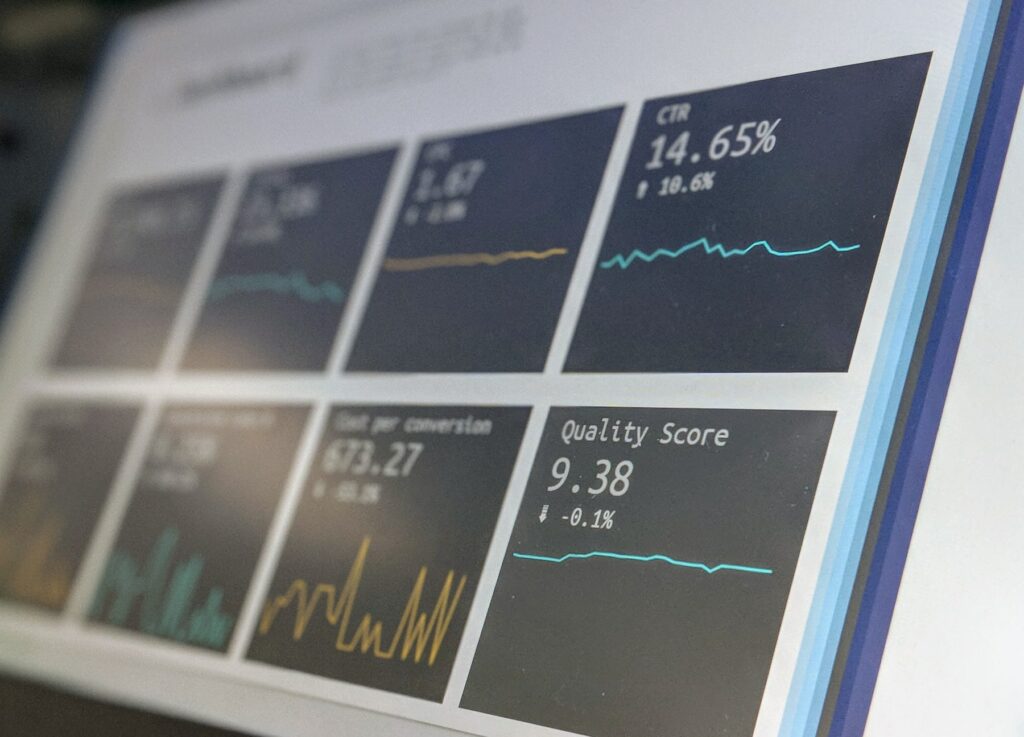![The ‘Giveaway Piggy Back Scam’ In Full Swing [2022]](https://www.cjco.com.au/wp-content/uploads/pexels-nataliya-vaitkevich-7172791-1-scaled-2-683x1024.jpg)

BigQuery Unleashes New Power: The Revolutionary Query Queues Feature Explained

As Seen On
The advent of serverless computing has significantly revolutionized the world of data analysis. Among the industry leaders in this shift is Google’s BigQuery, a fully managed, petabyte-scale, serverless data warehouse designed to make analyzing data simpler and more efficient. This innovative tool performs the indispensable task of managing severe analytical workloads. It offers superior performance, unprecedented scalability, crown-worthy efficiency, and unrivaled durability all spiced up with zero downtime and seamless upgrades.
Among the new features released, the one that industry experts tout as a game-changer is the introduction of query queues. Query queues are tools that help manage the number of concurrent queries—a project’s ability to run multiple queries at the same time.
In the past, BigQuery had a concurrency limit of 100 queries per project. While this was sufficient for many use cases, during periods of heavy load, users could often get a ‘quota exceeded’ error, leading to a bottleneck in project operations. This is where the query queues come into play.
Now, BigQuery’s query queue capability introduces a dynamic concurrency limit. This limit is determined based on the available slot capacity and the number of currently running queries. Simply put, if BigQuery can’t process a query immediately due to the load, it no longer fails but instead queues it for execution when resources become available. So how does BigQuery calculate dynamic concurrency?
Dynamic concurrency is determined based on a project’s current workload and slot capacity. By default, BigQuery sets optimal concurrency limits behind the scenes, but experienced administrators can override it if they want to exert more control over their resource allocation. Through this process, BigQuery can better manage workload spikes that occasionally occur, paving the way for better execution even during peak periods.
In addition to this, BigQuery allows queuing for both interactive and batch queries. Users no longer need to scan for times of low-use to submit their workloads. The system now effectively manages this aspect. This approach ensures smoother operations and optimal use of the workload allocated to ensure an efficient and streamlined user experience.
Next, we delve into the Key Metrics and Highlights of utilizing query queues. One of the vital aspects is target job concurrency. It is the desired number of active jobs in a reservation – setting a lower target job concurrency for a reservation could increase performance and efficiency of the queries. BigQuery allows a significant number of both interactive and batch queries to be queued within a project at once ensuring no job is left out during high traffic. It also provides configurable timeouts, which offer greater flexibility and control in workload management and prevent indefinite waiting times.
The introduction of the query queue feature in BigQuery has been highly anticipated, and it’s no wonder why. This innovative feature is bound to make data analysis faster, more efficient, and, more importantly, puts businesses in a greater position to make data-driven decisions faster.
So, make sure to make the most of these new features and supercharge your data analytics journey. Whether you’re a newbie or veteran in the game, the query queues feature should be at the top of your exploration list! Don’t be the one missing out on this pivotal shift in modern data analysis.
Casey Jones
Up until working with Casey, we had only had poor to mediocre experiences outsourcing work to agencies. Casey & the team at CJ&CO are the exception to the rule.
Communication was beyond great, his understanding of our vision was phenomenal, and instead of needing babysitting like the other agencies we worked with, he was not only completely dependable but also gave us sound suggestions on how to get better results, at the risk of us not needing him for the initial job we requested (absolute gem).
This has truly been the first time we worked with someone outside of our business that quickly grasped our vision, and that I could completely forget about and would still deliver above expectations.
I honestly can't wait to work in many more projects together!
Disclaimer
*The information this blog provides is for general informational purposes only and is not intended as financial or professional advice. The information may not reflect current developments and may be changed or updated without notice. Any opinions expressed on this blog are the author’s own and do not necessarily reflect the views of the author’s employer or any other organization. You should not act or rely on any information contained in this blog without first seeking the advice of a professional. No representation or warranty, express or implied, is made as to the accuracy or completeness of the information contained in this blog. The author and affiliated parties assume no liability for any errors or omissions.

